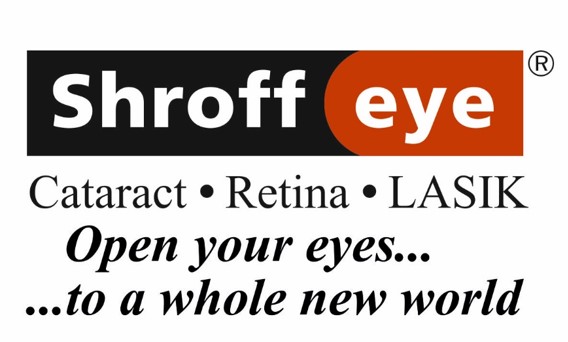Shroff Eye Hospital is India's First Eye Hospital accredited by the Joint Commission International (USA) since 2006. Shroff Eye is also India's first and only Wavelight Concerto 500 Hz LASIK center. Shroff Eye has stood for excellence in eye care since 1919. A firm commitment to quality is at the heart of all services provided at our centers at Bandra(W) and Marine Drive, Mumbai.
When we refer to teens, we mean any one who is studying in a school, or a college. With reference to age, they fall under the age group of 13 to 19 years.
Teenagers, as we all know, are often style-conscious and along with puberty, they begin to give more importance to outer physical appearances, while not being concerned about the health issues that arise with their sometimes drastic steps.
But it is common to notice myopia, hyperopia or astigmatism in teens. It occurs eventually in most teens due to their high levels of exposure to television and computer screens. Although not a serious problem, and easily corrected with the use of prescribed lenses, teens are usually ones to reject eye glasses and even contact lenses. Most prefer to use the latter, though.
The problem arises only when teens refuse to wear corrective lenses, for their own (usually cosmetic) reasons. In this way, teens only worsen their vision impairment at the same crucial stage of life when they are given the chance to correct it and reduce its impact.
The other issue lies in encouragement from parents towards their teenage children to use the corrective lenses. Contact Lenses more so have been a recent technological development, and parents of the previous generation have not been able to take advantage of this easy-to-use corrective method.
In this way, they are unable to convince their children to wear eye glasses or contact lenses. Fortunately, there are other cases of parents being acquainted with contact lenses today, and so they shouldn’t find it a cumbersome task to convince their children to use them as well.
Another point of focus while referring to teens and vision is their affinity for sports glasses and trendy eye glasses. These more stylish frames may only be purchased for cosmetic purposes, but sports glasses often help aspiring teen athletes.
Continuing in the same line, parents also have to note that if their teenage ward actively takes part in sports, he or she may be susceptible to eye injuries. Sports like basketball, football, hockey and swimming etc. are very helpful to remain active and healthy for the child, but at the same time, he could bring harm to his eyes if they are not well protected.
In case of all the sports mentioned above, the best way to prevent any damage to eyes is to wear goggles, or specially-crafted eye glasses. With football, hockey and basketball, eye glasses only aim to prevent physical damage to the eyes from any external source. Swimming goggles, on the other hand, can also help in improving vision, if they are purchased with prescription lenses fitted in instead of normal goggles.
Lastly, we must also know the importance of sunglasses. While it is usually assumed to be worn for style or cosmetic purposes, sunglasses actually help in prevent exposure to Ultraviolet rays of the sun. These UV rays are very harmful to the eyes when exposed. Reflected sunlight, however, is nearly impossible to avoid contact with most times, but the use of sunglasses, which are highly preferred by teens these days, help in preventing UV rays from damaging the eyes.






